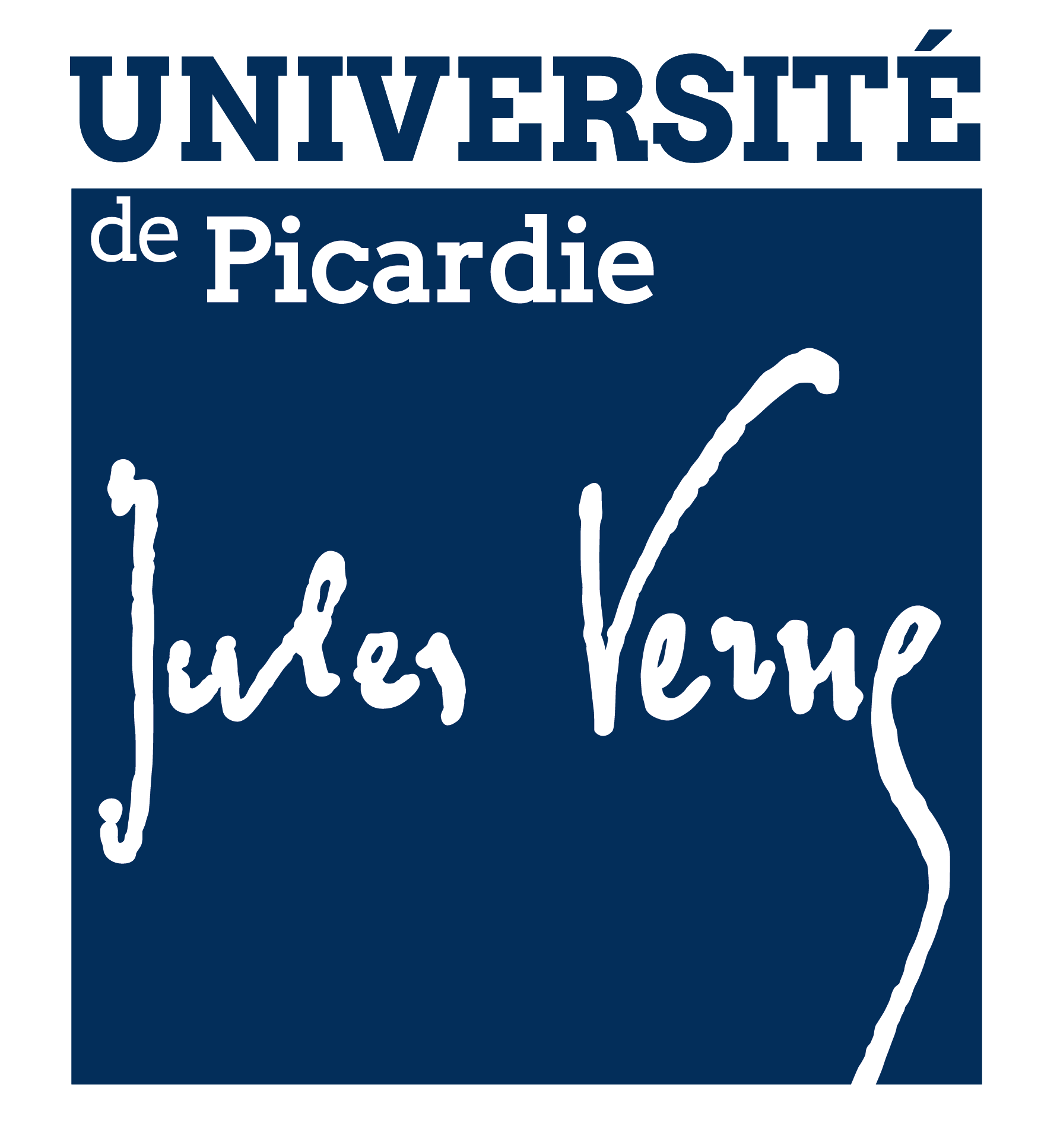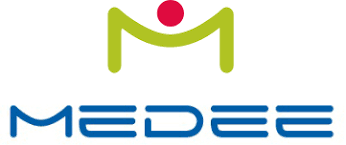-
Bioeconomy
-
Chemistry and Materials
-
Digital World and Robotics
-
Energy and Environment
-
Societal and economic transition & Risk management
-
Transport and Mobility
Innovative Technologies Laboratory (LTI)
Research unit - UR 3899
Created more than 15 years ago by the grouping of research teams from the University of Picardy Jules Verne specialising in materials engineering and the modelling of complex systems, the LTI focuses its activities on the use of energy resources for sustainable development.
Approximately 90 people, including 60 permanent staff, work in the laboratory’s four research teams :
• Materials, Habitat, Transfers (MHT),
• Mechanics and Materials Engineering (MME),
• Intelligent Systems (IS),
• Electrical Energy and Associated Systems (EEAS).
The LTI brings together a wide range of skills in engineering sciences and in information and communication sciences and technologies in various fields: mechanics, mechanical engineering, civil engineering, computer engineering, automatic control and signal processing, energy, process engineering, electrical engineering, electronics, photonics and systems, materials and dense media, etc.
As a university laboratory, the LTI has established numerous academic and institutional partnerships, but also with companies, industrials and SMEs, in research and technology transfer. The interest shown by industry in our activities contributes to the development of our projects, in a context where energy needs must be increasingly minimised with technological solutions applicable in the short or medium term.
-
Pascal VANTOMME
Director -
Valérie MESSIAEN
Secretary -
Bruno MARHIC
Deputy director
Avenue des Facultés, Le Bailly
80080 AMIENS Cedex 1

Effectif
Effectif total : 90
Personnel de recherche : 67
Personnel d'appui à la recherche : 1
Skills
• Development of new building materials through the formulation of insulating and/or carrier materials, the study of their durability and their multi-physical characterization. The objectives are to exploit industrial co-products, recycling materials or renewable plant resources;
• Optimization of the energy efficiency of eco-materials, which is based on the hygro-thermal performance of the building (walls, building envelope), the study of the phenomena of heat and humidity transfers in established and dynamic regimes (experimental and numerical approaches), comfort and air quality;
• Thermo-convective exchange modelling using numerical techniques or spectral methods, which integrates coupled transfers in porous materials and fluids (non-Newtonians and nanofluids), mixed or natural convection.
2. MIM Team (manager - Mohamed GUESSASMA) :
• Multi-scale and multi-physical modeling of materials and interfaces;
• Modelling of composite material damage;
• Dynamic modeling of multi-body systems (digital twins);
• Additive manufacturing of materials with specific properties (ion conduction, electrical conduction, transparency...);
• New mineral formulations for geopolymerization preparation (resinous, ceramic at low cooking temperature);
• Machining CFRP (Carbon Fiber Reinforced Polymer) and metallic composite materials.
3. IS team (manager - Laurent DELAHOCHE):
• Systems and flow modelling (transportation);
• Classification and machine learning;
• Intelligent control and management of systems
complex (electrical, mechanical, building, transport);
• Energy arbitrage (multi-source management, smartgrids);
• Integration under constraints of algorithms (spatial and health);
• Networks of impulse neurons.
4. EESA Team (manager - Humberto HENAO) :
• Analytical, numerical and experimental methods;
• Methods for analyzing electrical and magnetic signals on an electrical machine (non-invasive sensors);
• Robust actuator control algorithms with fuzzy logic, variable structure, etc.
• Reduced order observers of mechanical dynamics;
• Fault tolerant control laws;
• Advanced Signal Processing Methods (Defect Evolution Index Calculation);
• Implementation, monitoring and diagnosis integrating the latest electronic information and communication technologies (FPGA, wireless transmission, Internet of Things, etc.);
• Implementation of hypervision methods for smart grid management with the latest real-time processing technologies.
Example(s) of projects
The eRolling collaborative project aims to break down the barriers between academic research in the industrial world and to encourage collaborative research using the triptych Experimental Measurements, Physical Models & Numerical Simulations.
eRolling has led to the development of an original diagnostic technique for the detection of anomalies in bearings. Based on the use of low-current electrical current, a monitoring technique clearly established the relevance of localized electrical measurements on bearings. In addition, a Digital Twin (JN) of bearings has been developed to capitalize on existing monitoring technologies and electrical monitoring in real-time virtualization of the operation of rotating machines.
2. BIP-Rapeseed : 🡭
The objective of this collaborative project, carried out on a Hauts-de-France scale, is the development of a building material based on rapeseed straw and mineral binders. The production of insulating blocks, load-bearing insulating blocks and self-supporting panels is envisaged with industrialists.
3. European projects
Over the years, the LTI has been involved in international projects, which have benefited from the support of the European Union.
3.1. With CUBISM, the laboratory teams have participated in the process of improving the competitiveness of companies active in the refractory concrete and civil engineering fields. The work carried out has made it possible to meet a strong demand from industrialists, looking for specific tools (suitable sensors) that can be integrated into concrete as soon as it is implemented. 🡭
3.2. ESSIAL is a research project funded by the European Commission’s H2020 'Factory of the Future' programme.
The ambition of the project, in which the LTI participates, is to use surface laser texturization and/or texturization (irradiation, engravings, texturization, ...) on soft ferromagnetic materials, such as common electrical steels and special alloys, to improve the performance and functionality of laminated magnetic circuits. 🡭
Example(s) of publications
2. Dahir Igue, F. , Tran Le, A.D., Bourdot, A., Promis, G., Nguyen, S.T., Douzane, O., Lahoche, L., Langlet, T. (2021). Impact of temperature on the moisture buffering performance of palm and sunflower concretes. Applied Sciences, 11(12), 5420. 🡭
3. Tran Le, A. D., Js. Zhang, Z. Liu. (2021). Impact of humidity on formaldehyde and moisture buffering capacity of porous building material. Journal of Building Engineering, 36(-), -. 🡭
4. Bruno Marhic and Sameh Mahjoub and Larbi Chrifi-Alaoui and Bruno Marhic and Laurent Delahoche,Predicting Energy Consumption Using LSTM, Multi-Layer GRU and Drop-GRU Neural Networks journal Sensors, 🡭
5. N. Mrabti, N. Hamani, L. Delahoche, A new metric for gain sharing assessment in collaborative distribution: The Sustainability and Flexibility Rate, International Journal of Systems Science: Operations & Logistics, Taylor & Francis Editor. 🡭
All publications can be found here : 🡭 et 🡭
Collaborations/Partners/Scientific clients
International : Indian Institute of Technology, Delhi (Inde), Adichunchanagiri University, Karnataka (Inde), Agency for Science, Technology and Research
(A*STAR, Singapour), National University of Sciences and Technology Islamabad (Pakistan), Shenyang Aerospace University (Chine), Université Libre de Bruxelles (Belgique), KU Leuven (Belgique), UMONS (Université de Mons), BCRC (Belgian Ceramic Research Centre)
Collaborations/Partners/Private Clients
POINT P, TREENERGY, OLENERGIES, ENERCOOP, POCHET du Courval, SNCF Réseau, GAZELEC de Péronne, ...
Applications sectors
- Construction / Architecture / Urban planning / Real Estate
- Energy
- Transportation / Logistics
- Electronic / photonics
- Materials (Metal, Glass, Ceramic, Composite...)
- Science / Research
Services provided
Training offers
Consulting services
MHT Team : 🡭
MIM Team : 🡭
EESA Team : 🡭
Affiliated institutions / organisations
Competitive cluster
Regional strategic areas of activity
- Bioeconomy
- Biobased chemistry
- High-performance and sustainable buildings
- Chemistry and Materials
- Textiles, composites, materials
- Digital World and Robotics
- Advanced production systems, industrial maintenance
- Digital modeling, digital twins, data visualization
- Electronics
- Engineering, software design, open source software
- Robotics, cobotics, Human-Machine interaction
- Telecom, networks, photonics
- Energy and Environment
- Energy efficiency and storage
- Renewable energies
- Smart grids
- Societal and economic transition & Risk management
- Resilience, risk factors and fragility
- Transport and Mobility
- Intelligent and autonomous vehicles
- Intelligent transportation systems
- Maintenance and supervision
- Multi-modality, flow management, infrastructure and logistics
- Reduction of pollution and energy consumption
- Robustness and reliability



